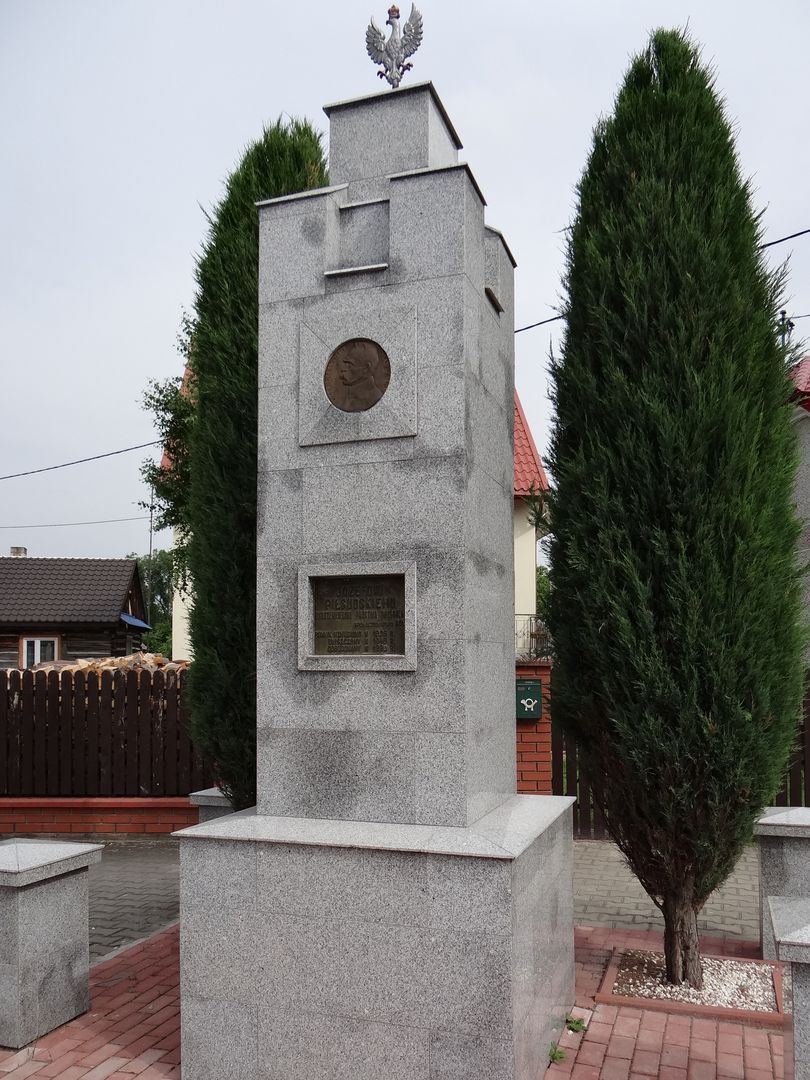Salt
6.17

Overview
Sól is a village in Poland, located on the Biłgoraj Plain in the Lublin Voivodeship, within the Biłgoraj commune. From a historical perspective, the first mentions of settlement in this area date back to the second half of the 16th century, when the owner of the Biłgoraj estates, Adam Gorajski, invited Dutch settlers, which contributed to the village's original name, Olendrów. Over the years, the village evolved, and in the 17th century, it adopted its current name, likely derived from a nearby stream. Sól was a well-known center for pottery and włosiankarstwo (a traditional craft involving horsehair processing), and various industrial establishments were located here, including a distillery and a brewery. During World War II, the village witnessed many dramatic events, including battles fought in its vicinity. The village is home to significant historical monuments, including the Roman Catholic Church of St. Michael the Archangel, built in the early 20th century on the site of a former Greek Catholic church. This church plays an important role in the religious life of the local community. In Sól, one can also see a mill from 1896, which now operates on an electric engine, and a Roman Catholic cemetery established in 1919, where many soldiers who fell in 1939 are buried. An interesting fact is that Sól was the home of the Sports Club Olender Sól, which began operations in 2004 and currently plays in the A class. In 2011, the village had 2,324 inhabitants, making it the largest locality in the Biłgoraj commune. Sól stands out for its rich cultural and historical heritage, making it an important point on the regional map.
Location
City
Józefów Deanery
Tertiary Administrative Division
Bilgoraj
County
Zamość County
State
Lublin Voivodeship
Country
2025 Wizytor | All Rights Reserved